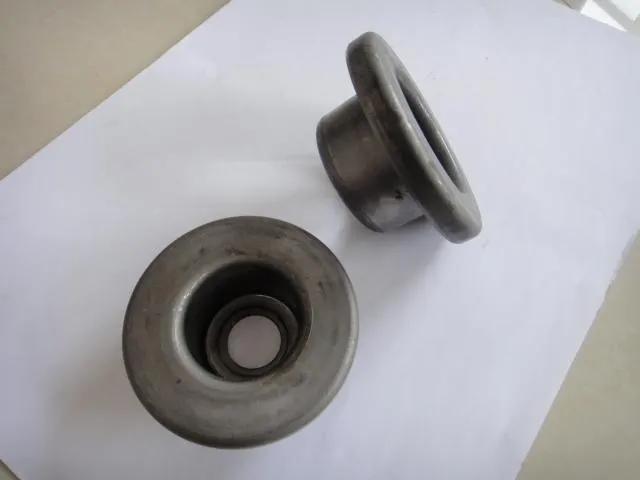 Afrikaans
Afrikaans  Albanian
Albanian  Amharic
Amharic  Arabic
Arabic  Armenian
Armenian  Azerbaijani
Azerbaijani  Basque
Basque  Belarusian
Belarusian  Bengali
Bengali  Bosnian
Bosnian  Bulgarian
Bulgarian  Catalan
Catalan  Cebuano
Cebuano  Corsican
Corsican  Croatian
Croatian  Czech
Czech  Danish
Danish  Dutch
Dutch  English
English  Esperanto
Esperanto  Estonian
Estonian  Finnish
Finnish  French
French  Frisian
Frisian  Galician
Galician  Georgian
Georgian  German
German  Greek
Greek  Gujarati
Gujarati  Haitian Creole
Haitian Creole  hausa
hausa  hawaiian
hawaiian  Hebrew
Hebrew  Hindi
Hindi  Miao
Miao  Hungarian
Hungarian  Icelandic
Icelandic  igbo
igbo  Indonesian
Indonesian  irish
irish  Italian
Italian  Japanese
Japanese  Javanese
Javanese  Kannada
Kannada  kazakh
kazakh  Khmer
Khmer  Rwandese
Rwandese  Korean
Korean  Kurdish
Kurdish  Kyrgyz
Kyrgyz  Lao
Lao  Latin
Latin  Latvian
Latvian  Lithuanian
Lithuanian  Luxembourgish
Luxembourgish  Macedonian
Macedonian  Malgashi
Malgashi  Malay
Malay  Malayalam
Malayalam  Maltese
Maltese  Maori
Maori  Marathi
Marathi  Mongolian
Mongolian  Myanmar
Myanmar  Nepali
Nepali  Norwegian
Norwegian  Norwegian
Norwegian  Occitan
Occitan  Pashto
Pashto  Persian
Persian  Polish
Polish  Portuguese
Portuguese  Punjabi
Punjabi  Romanian
Romanian  Russian
Russian  Samoan
Samoan  Scottish Gaelic
Scottish Gaelic  Serbian
Serbian  Sesotho
Sesotho  Shona
Shona  Sindhi
Sindhi  Sinhala
Sinhala  Slovak
Slovak  Slovenian
Slovenian  Somali
Somali  Spanish
Spanish  Sundanese
Sundanese  Swahili
Swahili  Swedish
Swedish  Tagalog
Tagalog  Tajik
Tajik  Tamil
Tamil  Tatar
Tatar  Telugu
Telugu  Thai
Thai  Turkish
Turkish  Turkmen
Turkmen  Ukrainian
Ukrainian  Urdu
Urdu  Uighur
Uighur  Uzbek
Uzbek  Vietnamese
Vietnamese  Welsh
Welsh  Bantu
Bantu  Yiddish
Yiddish  Yoruba
Yoruba  Zulu
Zulu quarry conveyor rollers
Understanding Quarry Conveyor Rollers The Unsung Heroes of Material Transport
In the dynamic world of quarry operations, efficient material handling is critical to success. One key component that often goes unnoticed but plays a vital role in optimizing the efficiency of these processes is the conveyor roller system. Specifically designed to support the conveyor belts that transport aggregates and minerals, quarry conveyor rollers are essential for maintaining the flow of materials from one point to another.
The Role of Conveyor Rollers in Quarries
Conveyor rollers serve as the backbone of the entire conveyor system. They are cylindrical components that support and guide the conveyor belt, facilitating the movement of materials such as sand, gravel, stone, and other aggregates. In quarry operations, these rollers are subjected to heavy loads, harsh environmental conditions, and constant movement, necessitating robust and durable designs.
The primary functions of quarry conveyor rollers include reducing friction, increasing belt lifespan, and ensuring consistent material flow
. By providing a smooth surface for the conveyor belt to run on, these rollers minimize wear and tear on the belt itself, which can lead to significant savings in maintenance and replacement costs over time.Types of Conveyor Rollers
There are various types of conveyor rollers utilized in quarry operations, each designed to meet specific needs. The most common types include
1. Idler Rollers These are used to support the weight of the conveyor belt and the material being transported. Idler rollers are available in various configurations, including horizontal, inclined, or V-shaped, to accommodate different types of conveyors.
2. Return Rollers Located on the underside of the conveyor, return rollers help guide the belt back to its starting position after it has discharged its load. Properly functioning return rollers are crucial in preventing belt sagging and ensuring smooth operation.
quarry conveyor rollers

3. Impact Rollers Positioned where the conveyor belt receives heavy loads, impact rollers absorb shock and reduce damage to the belt and the structure. These rollers help distribute the weight evenly, minimizing wear on both the rollers and the belt.
4. Self-Cleaning Rollers Designed to prevent material buildup, self-cleaning rollers enhance efficiency by keeping the conveyor system free of debris that could hinder performance. This feature is particularly important in environments where sticky or abrasive materials are handled.
Material and Design Considerations
When selecting conveyor rollers for quarry applications, several factors come into play. Durability is paramount, as conveyor rollers must withstand not only the weight of the materials but also the harsh environmental conditions typical of a quarry. Rollers are often made from high-strength materials, including steel and polyurethane, to provide the necessary resilience.
Additionally, design considerations such as bearing types, shaft sizes, and the overall roller diameter must be addressed to ensure optimal performance. For instance, sealed bearings are favored in many quarries due to their ability to keep out contaminants, thereby extending the life of the roller.
Maintenance and Best Practices
Like any mechanical system, conveyor rollers require regular maintenance to ensure longevity and efficiency. Regular inspections should be conducted to check for signs of wear and tear, including misalignment, significant wear on the roller surfaces, and bearing deterioration. Keeping rollers clean and free of debris is also essential to prevent unnecessary strain on the belt and rollers.
In summary, quarry conveyor rollers play an indispensable role in the smooth operation of material handling systems. By providing the necessary support and facilitating the efficient movement of materials, these components contribute significantly to the overall productivity and profitability of quarry operations. Investing in high-quality roller systems and adhering to best maintenance practices can lead to enhanced operational efficiency and reduced downtime, ultimately driving the success of quarry businesses in a competitive industry.
-
Revolutionizing Conveyor Reliability with Advanced Rubber Lagging PulleysNewsJul.22,2025
-
Powering Precision and Durability with Expert Manufacturers of Conveyor ComponentsNewsJul.22,2025
-
Optimizing Conveyor Systems with Advanced Conveyor AccessoriesNewsJul.22,2025
-
Maximize Conveyor Efficiency with Quality Conveyor Idler PulleysNewsJul.22,2025
-
Future-Proof Your Conveyor System with High-Performance Polyurethane RollerNewsJul.22,2025
-
Driving Efficiency Forward with Quality Idlers and RollersNewsJul.22,2025





























